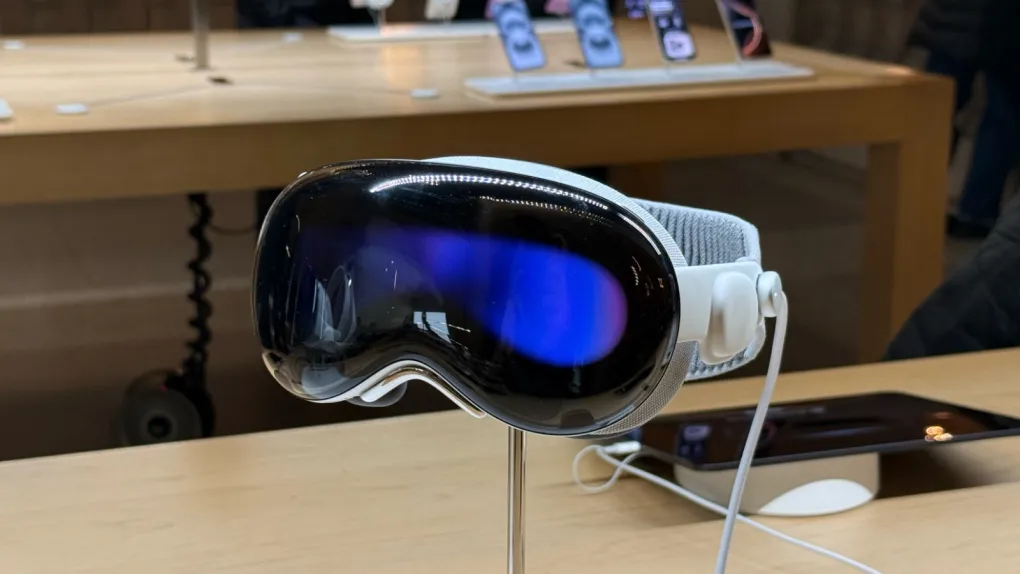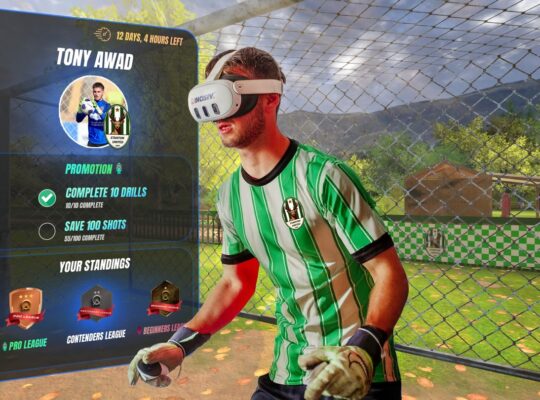Apple is gearing up for an exciting lineup of spatial computing and wearable AR products over the next few years. According to well-known supply chain analyst Ming-Chi Kuo, the company is preparing multiple headset and smart glasses launches between now and 2028. While some of these predictions align with past reports, others offer new insight into Apple’s evolving product roadmap.
Apple Vision Pro Refresh Coming in 2025
First up is an updated Apple Vision Pro, expected to arrive in the second half of 2025. This refreshed version will reportedly retain the same overall design and feature set as the current model but will upgrade to Apple’s M5 chipset. The current Vision Pro uses the M2 chip, and Apple has since released more powerful M3 and M4 chips in other devices.
If the M5 lives up to expectations, it could deliver a major performance leap, potentially offering a smoother and more immersive mixed reality experience. While other sources like Bloomberg’s Mark Gurman have hinted at a lighter and cheaper revision of the Vision Pro, Kuo believes this 2025 model will focus strictly on internal upgrades without major external changes.
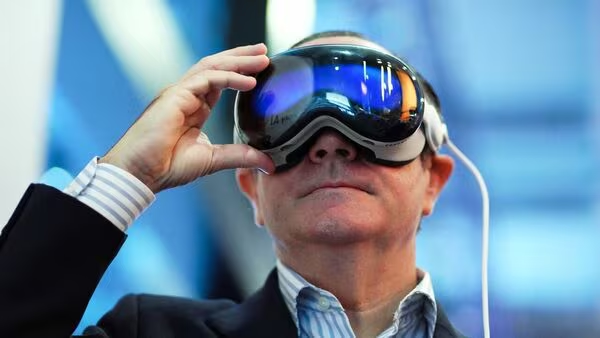
Apple Vision Air: A Lighter, More Affordable Headset in 2027
One of the most anticipated developments is the Apple Vision Air, expected to enter mass production in late 2027. This model is said to be over 40% lighter than the current Vision Pro and aimed at a significantly lower price point.
Kuo claims that Apple will achieve this weight and cost reduction through several design decisions:
- Replacing the M-series chip with an A-series chip (like the one expected in the iPhone 19 Pro)
- Reducing the number of sensors
- Using plastic instead of glass and magnesium instead of aluminum
These changes indicate that Apple is serious about making spatial computing more accessible to the mainstream consumer.
All-New Vision Pro with Fresh Design in 2028
Looking further ahead, Apple reportedly plans to release a next-generation Vision Pro in late 2028. Unlike the 2025 update, this version is expected to feature an entirely new design, be significantly lighter, and come at a lower price than the current Vision Pro, all while retaining the powerful M-series chipset.
This suggests that Apple is aiming to refine and evolve the Vision Pro platform into a more wearable and consumer-friendly device over time.
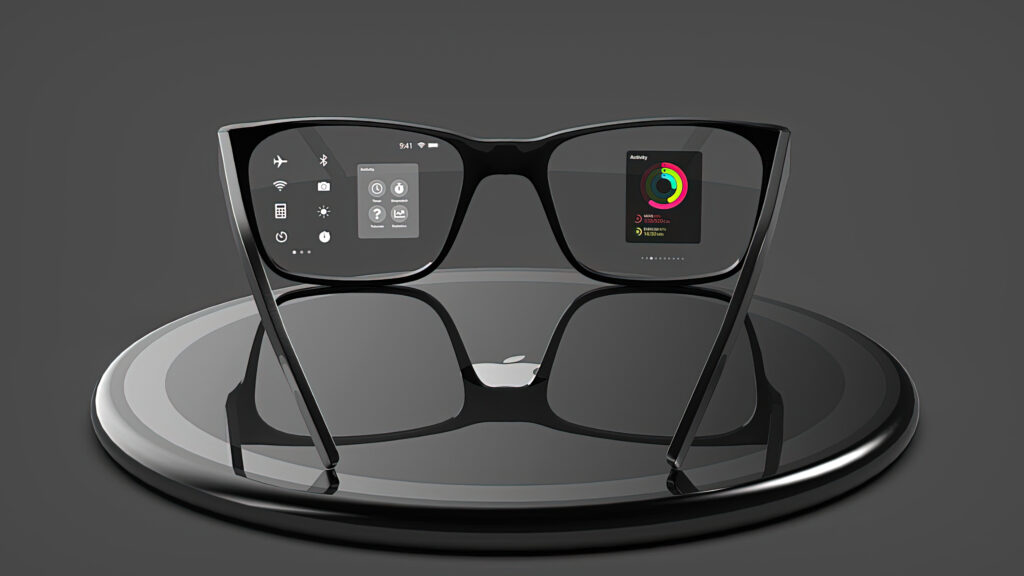
Apple Smart Glasses on the Horizon
Apple isn’t just focusing on headsets. The company is also working on smart glasses, which are expected to debut around 2027. These will serve as a direct competitor to products like Ray-Ban Meta Smart Glasses. Reports suggest that Apple’s glasses will include:
- Built-in cameras, microphones, and speakers
- Support for phone calls, music playback, live translations, turn-by-turn navigation, and AI features powered by Apple’s Visual Intelligence system
scing elit. Ut elit tellus, luctus nec ullamcorper mattis, pulvinar dapibus leo.
These smart glasses will run on a custom Apple chip inspired by the S-series used in the Apple Watch, enabling long battery life and efficient processing.
While some sources believe the glasses could arrive in late 2026, Kuo indicates that mass production may not begin until mid-2027, with projected shipments between 3–5 million units in the first year.
AR Display Glasses on Hold — For Now
Apple was previously developing AR display glasses that would connect to a Mac or iPhone for processing. However, the project is now reportedly paused due to performance and power consumption issues. These glasses were said to use birdbath optics with electrochromatic dimming, similar to other early-stage AR prototypes in the market.
Although not fully canceled, the glasses are currently under review as Apple explores ways to reposition and improve the design.
The Long Game: True AR Glasses Coming in 2028
Perhaps the most ambitious product on Apple’s roadmap is a pair of true AR glasses, which could debut in late 2028. These glasses aim to deliver full AR functionality in a lightweight form factor, blending digital and physical environments seamlessly.
Kuo reports that the first version will use LCoS microdisplays and waveguides for optics, a combination seen in earlier AR headsets like HoloLens and Magic Leap. Apple is also reportedly working on a more advanced model powered by microLED displays, though this version may have a longer timeline and lower visibility within the company’s roadmap.
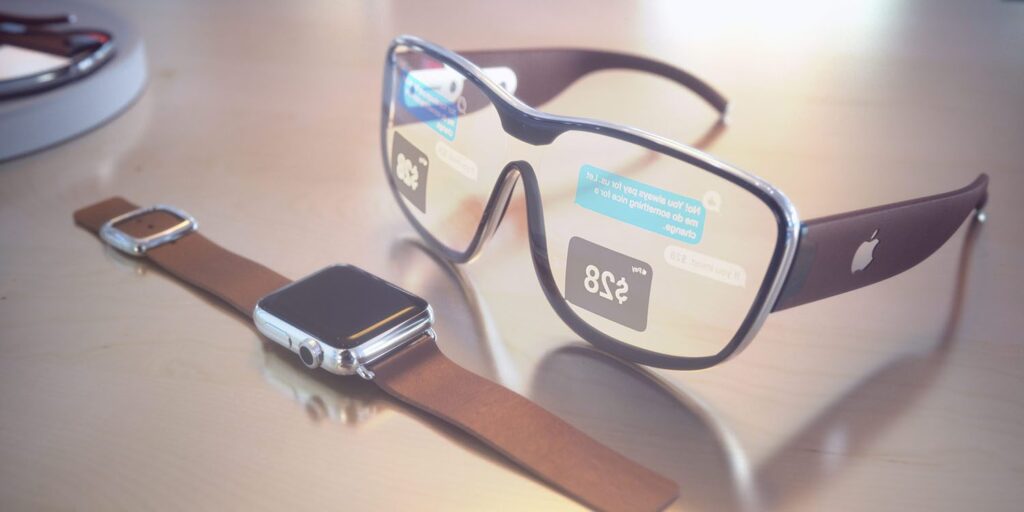
Final Thoughts
If these reports are accurate, Apple is clearly laying the groundwork for a multi-tiered lineup of headsets and AR glasses, catering to both high-end and mass-market consumers. From a more affordable Vision Air to advanced smart glasses and truly immersive AR eyewear, Apple appears committed to leading the spatial computing revolution.
However, as always with long-term predictions, it’s worth noting that plans can change. While Ming-Chi Kuo has a strong track record, his information is based on supply chain sources, which don’t always reflect final product decisions. Even so, the next few years promise to be transformative for Apple’s wearables strategy — and the tech industry as a whole.
Stay tuned for more updates as Apple moves closer to launching the next generation of immersive devices.


